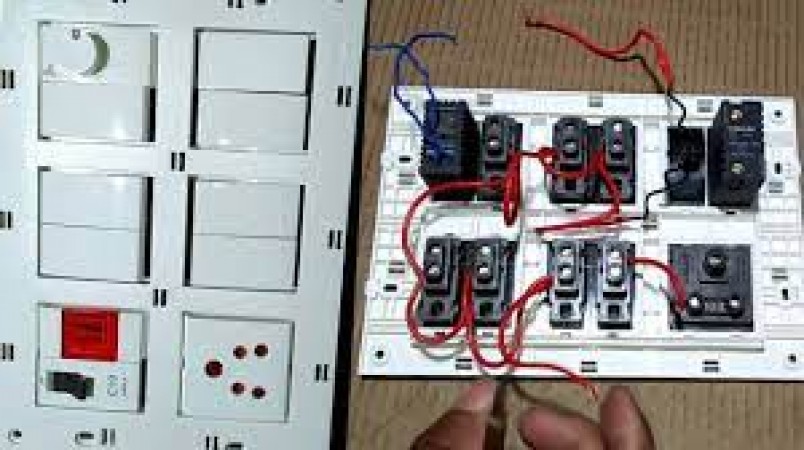
In today's rapidly evolving world, technological advancements have become an integral part of our daily lives. We rely on various electronic devices to stay connected, entertained, and productive. To power these devices, we often use socket boards, commonly known as power strips. While these power strips come in various materials and designs, wooden socket boards have gained popularity due to their aesthetic appeal. However, before plugging in your valuable gadgets, it's crucial to understand the current that can flow through a wooden socket board and whether it's a safe choice.
Wooden socket boards have become a trendy choice for many homeowners and interior enthusiasts. Their natural and rustic appearance can seamlessly blend with different room aesthetics, making them a visually appealing option. But aesthetics aside, it's essential to evaluate their functionality and safety.
When it comes to electrical devices and wiring, current is a critical factor. Current is measured in amperes (A), and each electrical appliance or device has a specific current rating that determines how much current it requires to operate safely. Exceeding this rating can lead to overheating, electrical fires, or damage to the device.
Now, let's address the central question: What current can flow through a wooden socket board? The answer lies not in the wood itself but in the internal wiring and components of the socket board.
The internal wiring of a wooden socket board plays a pivotal role in determining its current-carrying capacity. Wooden socket boards are often designed to accommodate standard household appliances and devices, which typically draw currents ranging from 0.5 A to 15 A.
The compatibility of your devices with the wooden socket board also depends on the plug types and standards used. Different regions have varying plug shapes and voltage standards, so it's essential to ensure that your devices and the socket board are compatible.
To enhance safety, many modern wooden socket boards come equipped with overload protection mechanisms, such as circuit breakers or surge protectors. These features can help prevent excessive current flow, minimizing the risk of electrical hazards.
Now that we understand the factors that influence the current capacity of wooden socket boards, it's crucial to take some safety precautions:
Before plugging in any device, check its current rating and ensure it doesn't exceed the socket board's capacity.
Daisy chaining, which involves connecting multiple socket boards together, should be avoided, as it can overload the circuit.
Regularly inspect your wooden socket board for signs of wear, damage, or overheating. If you notice any issues, discontinue use immediately.
Choose a high-quality wooden socket board from a reputable manufacturer to ensure safety and durability. In conclusion, wooden socket boards can be a stylish addition to your home, but their safety and functionality depend on various factors. It's essential to understand the current ratings, internal wiring, and safety features of the socket board you choose. By following safety precautions and using these boards responsibly, you can enjoy the best of both aesthetics and functionality without compromising safety. Remember, electrical safety should always be a top priority when using any type of socket board, wooden or otherwise.
31 Easy Methods to Calm Your Anxiety
Four Actions Millennial Men Can Take to Improve Their Fertility